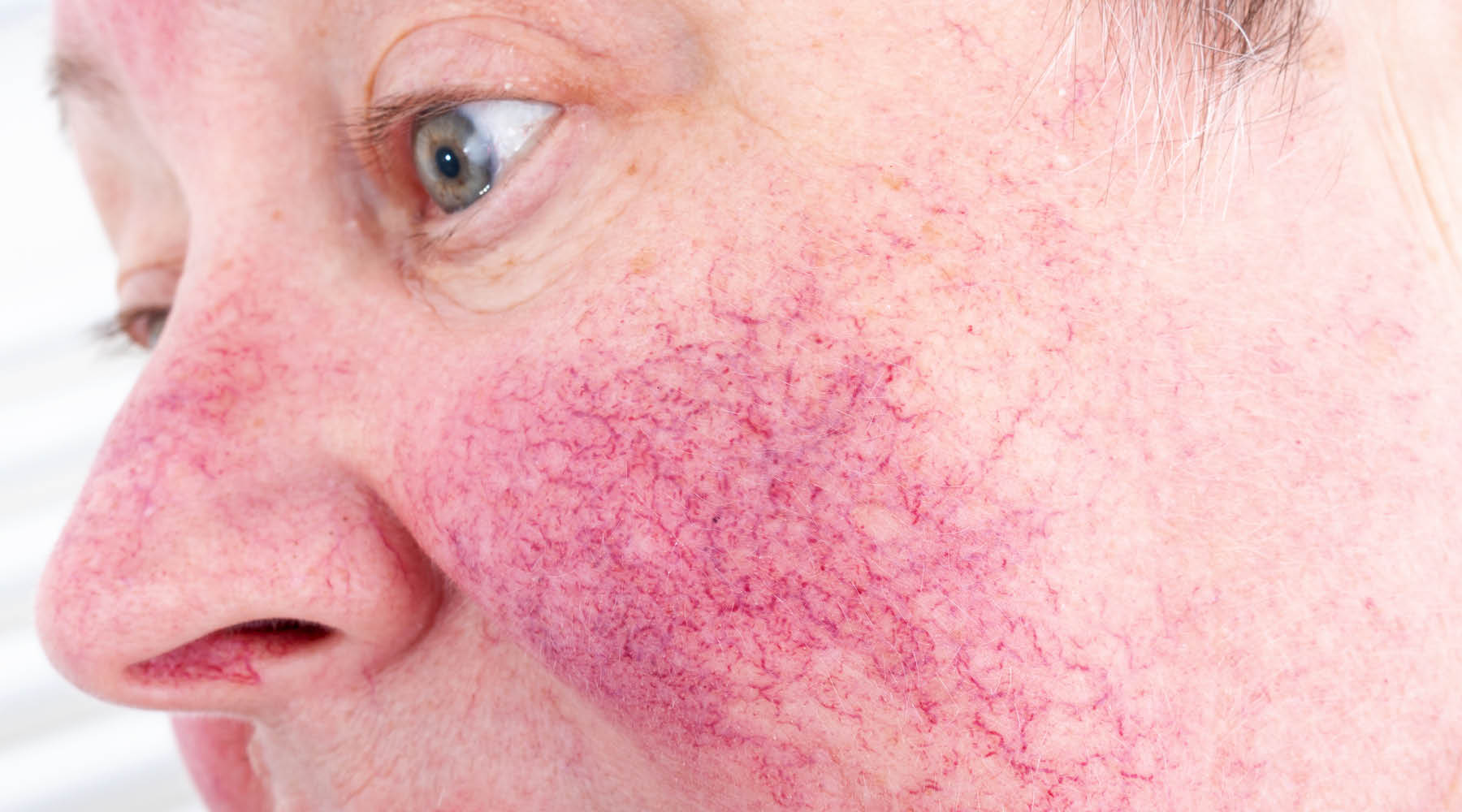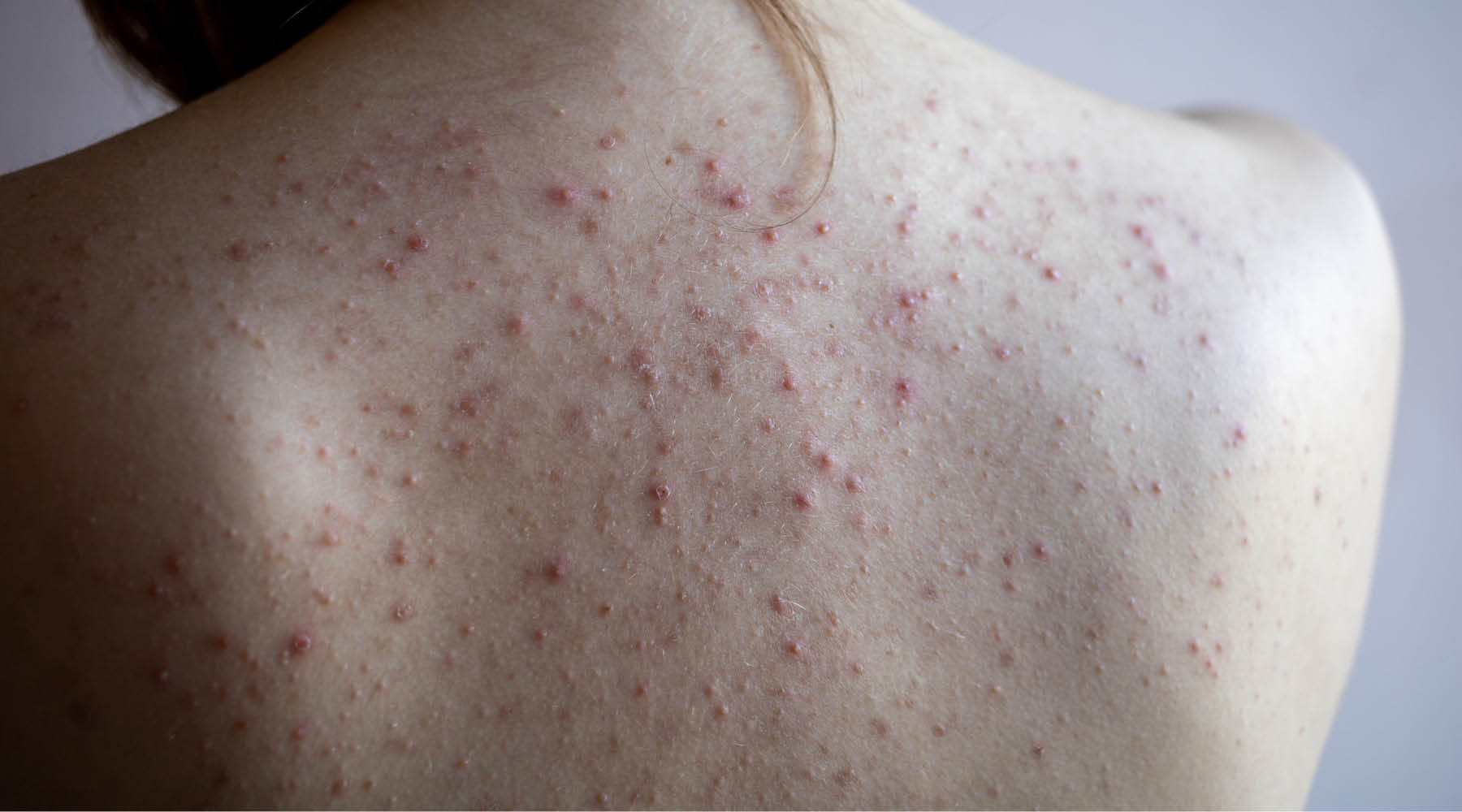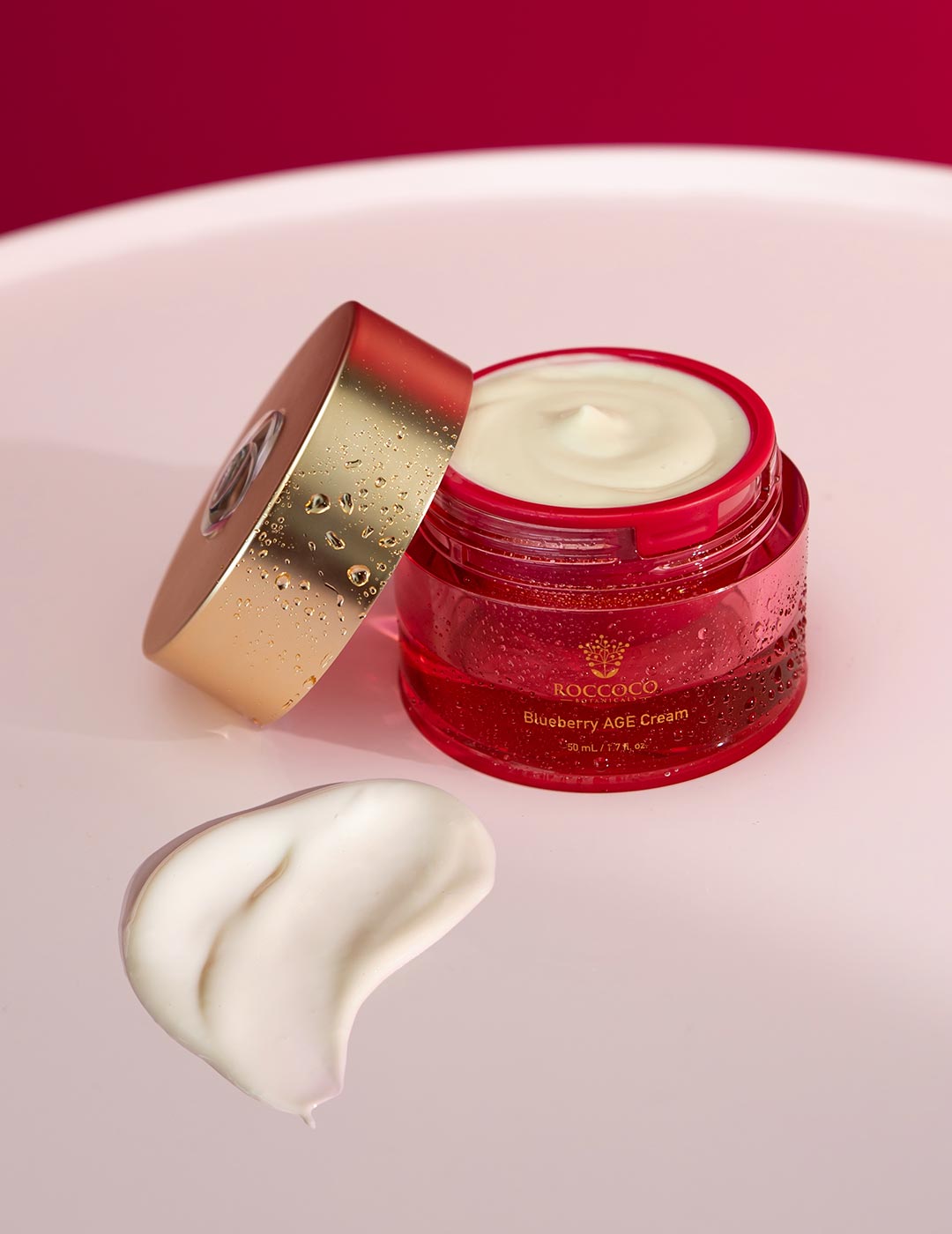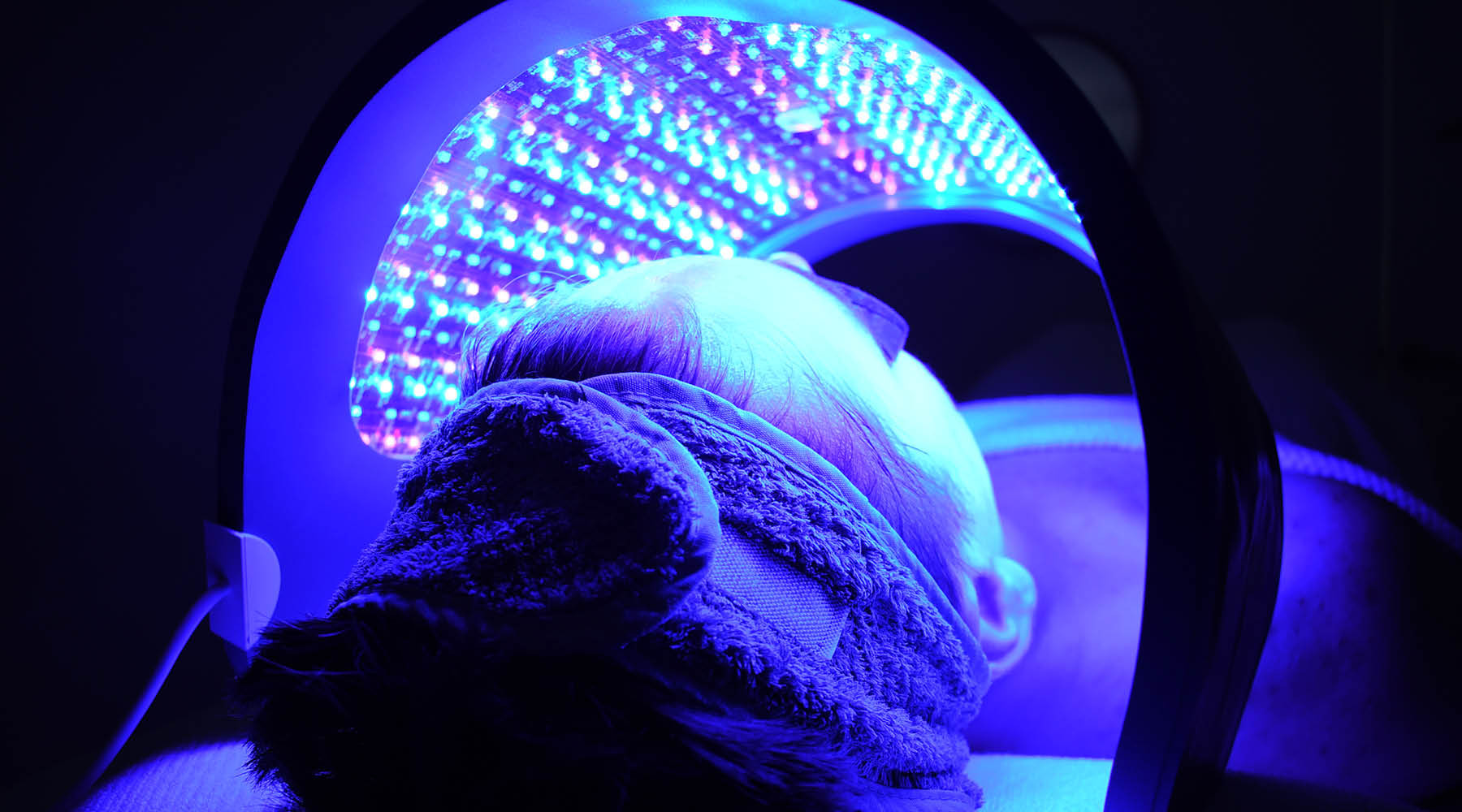Keloid scars are one of the most complex and misunderstood skin conditions. They are more than just "excess collagen"; they represent a pathological wound healing response where fibroblasts become overactive, leading to excessive, disorganised collagen deposition. Keloids extend beyond the original wound site and often cause distress, both physically and emotionally.
The Science Behind Keloid Formation
When you get a cut, burn, or acne breakout, your body starts a healing process. In some people, especially those with darker skin tones or a family history of keloids, the body keeps healing even after it should stop. This leads to too much collagen and thick, raised scars.
At the molecular level, keloids are characterized by an overexpression of growth factors like TGF-β1 and VEGF, and persistent fibroblast activation. Instead of following the normal phases of wound healing, keloid-prone skin remains trapped in a chronic state of inflammation and tissue remodeling. This results in thick, rubbery scars that do not regress over time.
How LED Therapy Interacts With Healing
Low-Level Light Therapy (LLLT), often called LED therapy, is a popular method for speeding up wound healing. Red (630–660nm) and Near-Infrared (830–850nm) wavelengths are known to stimulate fibroblast proliferation, boost collagen production, and increase angiogenesis.
However, for individuals prone to keloids, this collagen stimulation could be a double-edged sword. Improper use of LED therapy may exacerbate keloid formation by overactivating fibroblasts during critical phases of healing.
Why Fluence and Timing Matter
Low-Level Light Therapy (LLLT), which includes LED devices like Celluma, can:
-
Reduce inflammation
-
Calm overactive fibroblasts (cells that make collagen)
-
Improve blood flow and healing
But timing and dose are everything. Using too much light energy or using it at the wrong time can actually make things worse.
Scientific studies show:
-
Low energy doses (<5 J/cm²) reduce inflammation and help wounds heal better.
-
Higher energy doses (>10 J/cm²) might stimulate too much collagen, risking thicker scars.
Easy-to-Follow Protocol Using a Celluma Device
Celluma fluence: About 4-12 J/cm² depending on session time. Normal session is 30 minutes. Note this is not using the full 30 minutes due to dosage that will be emitted.
Here's how you can use your Celluma safely:
Phase 1: First 48–72 Hours After Injury or Surgery
-
Goal: Calm inflammation and control fibroblast activity.
-
Device Setting: Use the "Wrinkles" or "Pain" setting (this uses Red and Near-Infrared light).
-
Distance: Keep Celluma about 1 inch away from the skin.
-
Time: 15 minutes max.
-
Frequency: Once a day.
Why: Low-level red/NIR light helps prevent the body from overproducing collagen.
Extra Tip: After using Celluma, apply a silicone sheet to the area to keep the scar flat and hydrated.
-
Goal: Reduce ongoing inflammation without stimulating collagen.
-
Device Setting: Use the "Acne" setting (this uses Blue Light at 465nm).
-
Time: 10–15 minutes.
-
Frequency: Every other day.
Why: Blue light calms inflammation without pushing fibroblasts to produce more collagen.
Extra Tip: Keep using your silicone sheets for extra protection.
Phase 3: After Day 7 (Remodeling Phase)
-
Goal: Support organized healing if no signs of raised scars are present.
-
Device Setting: Optionally return to "Wrinkles" or "Pain" setting (Red/NIR) but only sparingly.
-
Time: 10 minutes 1–2 times per week.
Why: Lightly stimulates healing while avoiding overproduction of collagen.
Important: If you see the scar getting thick, stop using red/NIR light immediately!
References:
Avci P., Gupta A., Sadasivam M., et al.
Low-level laser (light) therapy (LLLT) in skin: stimulating, healing, restoring.
Semin Cutan Med Surg. 2013;32(1):41–52.
[NIH Public Access Manuscript]
Chaves MEA, Araújo AR, Piancastelli ACC, Pinotti M.
Effects of low-power light therapy on wound healing: LASER vs LED.
An Bras Dermatol. 2014;89(4):616–623.
[doi:10.1590/abd1806-4841.20142519]
Mamalis AD, Lev-Tov H, Nguyen DH, Jagdeo JR.
Laser and Light-based Treatment of Keloids – A Review.
J Eur Acad Dermatol Venereol. 2014;28(6):689–699.
[doi:10.1111/jdv.12253]
Read more

Rosacea can feel like a life sentence—but it’s not. While it's chronic, your skin’s story is still being written. And with the right science-backed rituals, you can reclaim calm, clarity, and confi...

Sick of hiding your back because of breakouts? You're not alone. As someone who's struggled with back acne, I understand that feeling of wanting to hide under high-necked tops, even in summer. Here...



